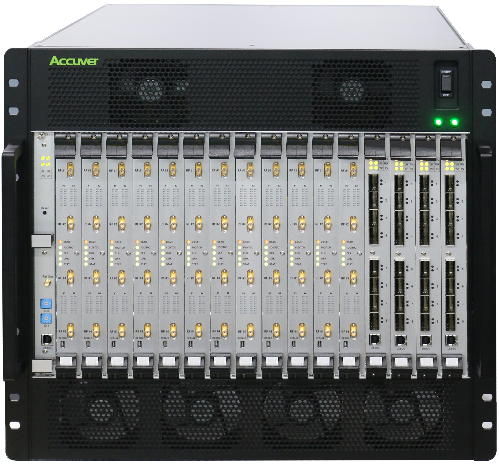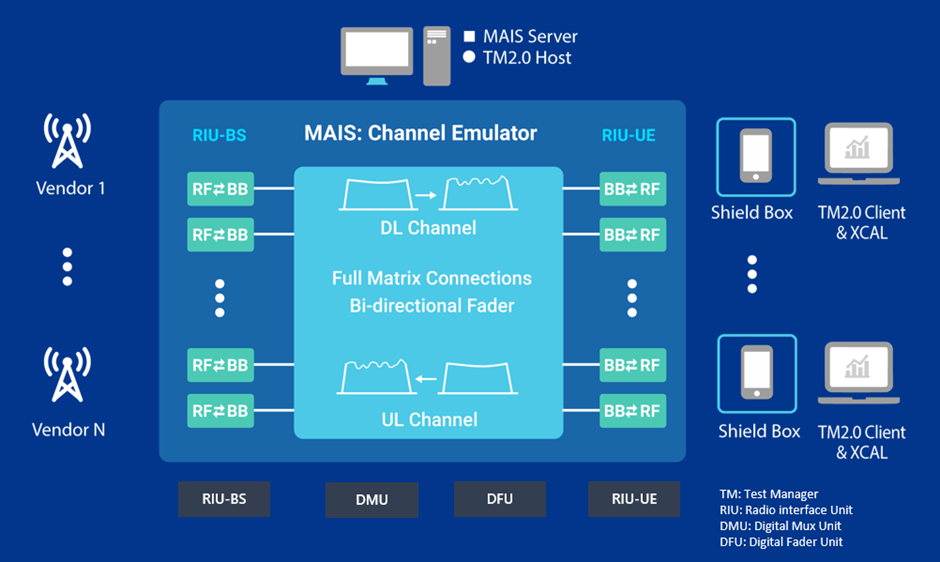How to update your 5G base station without risk
Just as telecom operators around the world built 4G networks in the LTE era, now telecommunication operators need to install numerous base stations to secure 5G coverage. However, since 5G, which has just started to deploy, is not yet technologically mature, risks and unintended costs may arise in 5G network operation. These risks can appear not only for telecom operators but also for 5G network equipment vendors. The newly developed in-LAB field-test technology is expected to dramatically reduce risks and costs by solving the problems faced by these MNOs and vendors.

In today's information age, Telecommunication has never been so important as these days. Communication failure not only can cause inconvenience in daily life, but it is also a problem that can be life-threatening for someone, so MNOs around the world do their best to maintain a fast and seamless communication environment. However, 5G, which is still short in history, seems to require the continuous update of network equipment for a better communication environment.
It would be nice if updates always had the positive effect of improving performance, but unfortunately, base station updates come with risks. Because the base station has a complex structure, a change in SW for any part may sometimes cause failure or performance degradation in unexpected features, and since radio waves are greatly affected by the external environment, the performance of even the same base station equipment depends on the installed environment. There are many difficulties in updating and these difficulties are also costly for MNOs and vendors.
In-LAB field test is a solution that dramatically reduces risks by identifying side effects that may occur by SW change in the base station installed in the actual field in advance.
Through in-LAB field test, users simulate the same environment as the field environment where the actual base station is installed in their LAB, so there is no need for experts to visit the area where the base station is installed, and the base station and UE after SW update in the in-LAB environment can measure the change in performance of

XCAT-MAIS is a product with an In-Lab Field test solution developed by Accuver. XCAT-MAIS is a solution that allows users to easily build a real wireless network environment in the LAB, identify various problems from the installation of 5G base stations to updates, and supplement them in advance.
